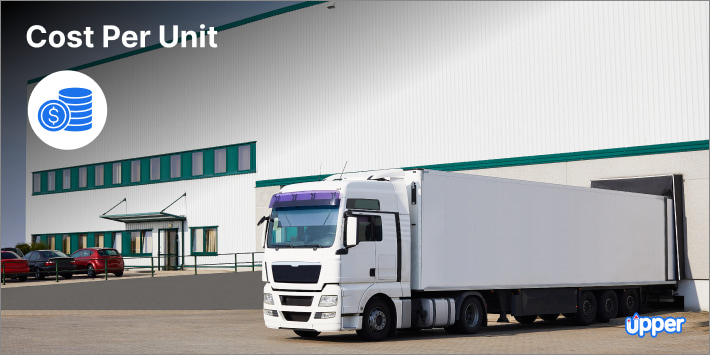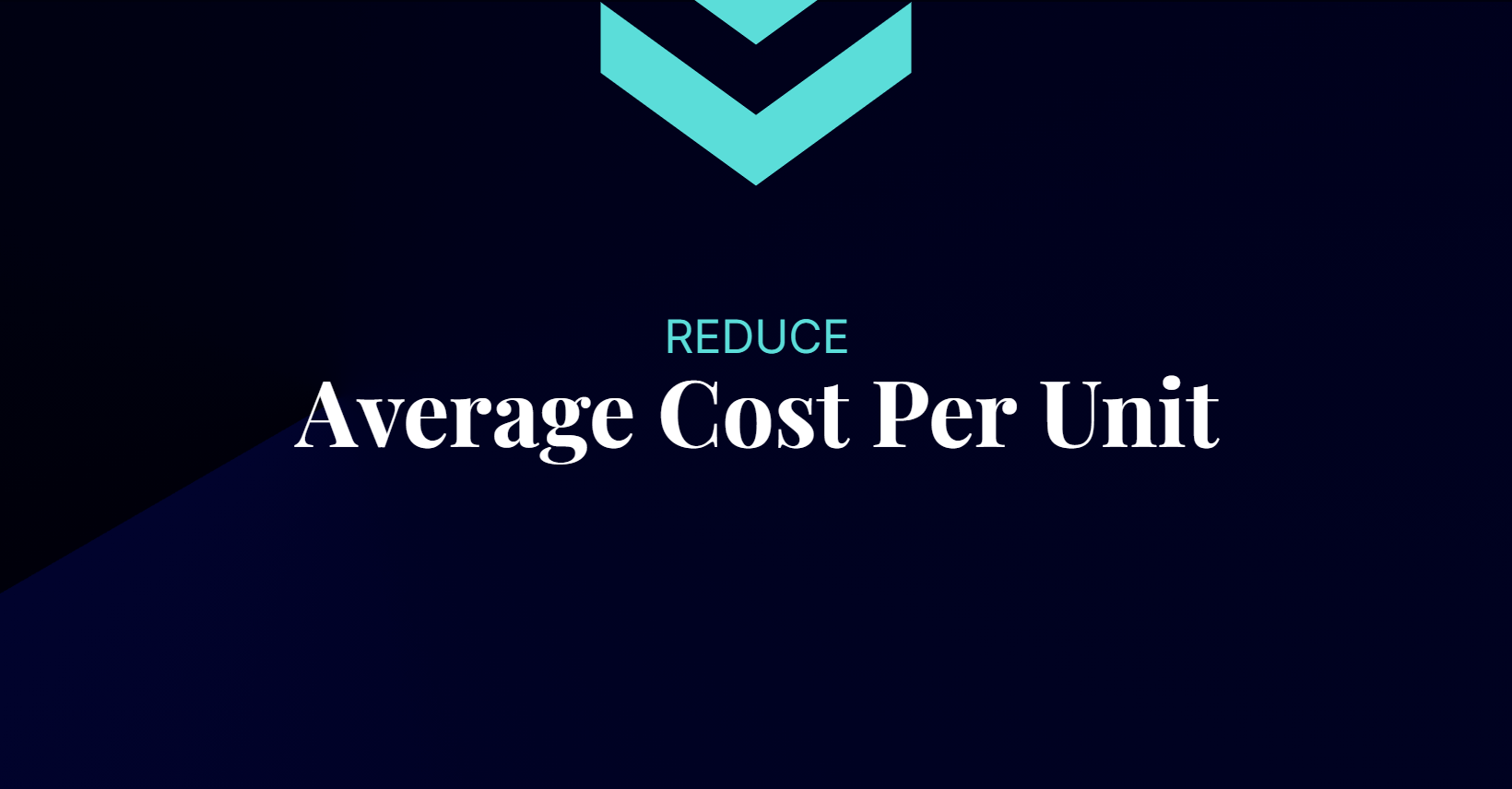
It enhances transparency in pricing, enabling individuals to get the best value for their money and organizations to optimize their procurement strategies. By understanding and utilizing unit pricing, one can navigate the market more efficiently and make choices that align with their needs and budget. To calculate the cost of a unit, divide the total cost (including relevant expenses) by the total number of units produced or purchased.
Unit Pricing: A Guide to Understanding and Applying It
An employee’s hourly wages are a variable cost; however, that employee was promoted last year. The current variable cost will be higher than before; the average variable cost will remain something in between. The cost to package or ship a product will only occur if a certain activity is performed.
Differences Between Cost Center and Cost Unit
- Unit costs will vary over time and as the scale of a business’ operation changes.
- Economies of scale happen when the cost per unit decreases as production volume increases.
- The phenomenon is especially evident in B2B scenarios, where bulk orders can lead to cost advantages.
- The former are the salaries paid to those who are directly involved in production, while the latter are the cost of materials purchased and used in production.
- A production cost center refers to a cost center that is engaged in regular production (e.g., converting raw materials into finished products).
From setting prices that strike a balance between competitiveness and profitability to optimizing resource allocation, the cost of a unit can be an ultimate savior. Its accurate understanding is essential for steering through the complex web of financial decision-making. Remember, the price of a unit isn’t just a metric – it’s the key to unlocking informed and prudent financial choices.
Which activity is most important to you during retirement?
A company that seeks to increase its profit by decreasing variable costs may need to cut down on fluctuating costs for raw materials, direct labor, and advertising. However, the cost cut should not affect product or service quality as this would have an adverse effect on sales. By reducing its variable costs, a business increases its gross profit margin or contribution margin. Cost per unit equation is a crucial metric in evaluating financial performance. It provides insights into the efficiency of production or service delivery. Monitoring cost per unit helps ensure competitiveness and sustainable financial health.

cost of Production:
They are also critical to the profitability and competitiveness of many businesses. Let us understand the differences between a cost per unit equation and price per unit through the comparison below. Comparing costs across different industries can be challenging due to variations in production processes, resource requirements, and market dynamics. Allocating costs to specific units or products might involve assumptions that don’t accurately represent the actual consumption of resources.
We will look at the case of packaging material for an electronics manufacturer. Someone on our team will connect you with a financial professional in our network holding the correct designation and expertise. Our mission is to empower readers with the most factual and reliable financial information possible to help them make informed decisions for their individual needs. Our goal is to deliver the most understandable and comprehensive explanations of financial topics using simple writing complemented by helpful graphics and animation videos. This team of experts helps Finance Strategists maintain the highest level of accuracy and professionalism possible.
All public companies are required to use the generally accepted accounting principles (GAAP) accrual method of reporting, while many private companies elect to do so. Under GAAP they have the responsibility of recording unit costs at the time of production and matching them to revenues through revenue recognition. Goods-centric companies will file unit costs as inventory on the balance sheet professional at product creation. When the event of a sale occurs, unit costs will then be matched with revenue and reported on the income statement. If a business increases production or decreases production, rent will stay exactly the same. Although fixed costs can change over a period of time, the change will not be related to production, and as such, fixed costs are viewed as long-term costs.
In short, fixed costs are more risky, generate a greater degree of leverage, and leave the company with greater upside potential. On the other hand, variable costs are safer, generate less leverage, and leave the company with a smaller upside potential. A variable cost is an expense that changes in proportion to how much a company produces or sells. Variable costs increase or decrease depending on a company’s production or sales volume—they rise as production increases and fall as production decreases. For example, the total cost of a cement company is $30,000 to produce 10,000 units, the unit costs of production will be $3 each.
Activity-based costing helps in allocating cost to activities that are value-added. It also improves operational efficiency and enhances decision-making through better, more meaningful cost information. For example, if a company produces and sells 2,000 units for a sale price of $10 and a per-unit cost is $8 for each unit. The unit cost or breakeven point is the minimum amount of price at which a company should sell their product to avoid losses. In a manufacturing company, calculating these figures may be a little tricky but it becomes difficult in case of the service industry as it is difficult to identify a unit for services rendered. Unit costs are a key indicator of the efficiency and productivity of a business.
The company faces the risk of loss if it produces less than 20,000 units. However, anything above this has limitless potential for yielding benefits for the company. Therefore, leverage rewards the company for not choosing variable costs as long as the company can produce enough output. When the manufacturing line turns on equipment and ramps up production, it begins to consume energy. When it’s time to wrap up production and shut everything down, utilities are often no longer consumed.
If these costs increase at a rate that exceeds the profits generated from new units produced, it may not make sense to expand. A company in such a case will need to evaluate why it cannot achieve economies of scale. In economies of scale, variable costs as a percentage of overall cost per unit decrease as the scale of production ramps up. Variable costs are directly related to the cost of production of goods or services, while fixed costs do not vary with the level of production. Variable costs are commonly designated as COGS, whereas fixed costs are not usually included in COGS. Fluctuations in sales and production levels can affect variable costs if factors such as sales commissions are included in per-unit production costs.
FEB
2024

About the Author: